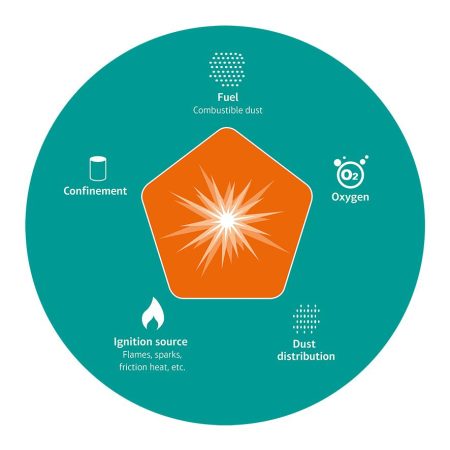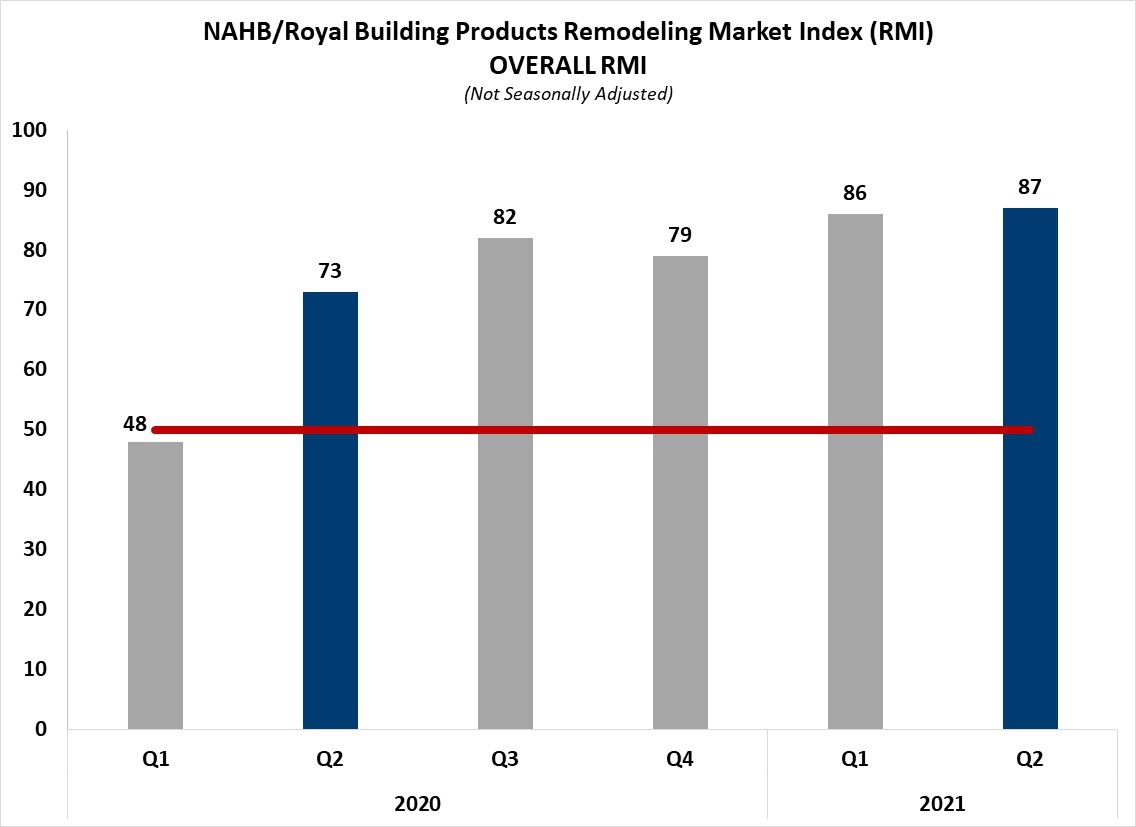There has been a lot of focus and discussion in the past few years around dust hazards analysis (DHAs). The National Fire Protection Association standards for combustible dust safety (NFPA 652, 664) require a DHA to be performed on new and existing facilities where combustible particulate is present. The primary objectives of a DHA are to identify dust-fuelled fire, flash-fire and explosion hazards and provide recommendations to manage these hazards.
There are multiple advantages of a having a DHA performed including due diligence towards ensuring a safe workplace; demonstrating hazard mitigation progress to authorities having jurisdiction; support for developing a plan to address and manage hazards and investment in preventative/protective safety to mitigate higher costs of combustible dust fires and explosions.
A thorough DHA will identify combustible dust hazards (fire, flash-fire and explosion) in both process equipment and plant/processing areas along with possible ignition sources for each hazard and/or area. Recommendations to reduce risk associated with the hazards should be practical and support compliance with industry standards. Practical recommendations can include options for varying levels of risk tolerance, personnel and financial resources, process/facility compatibility and reliability. Limited or overly specific recommendations as well as highly broad recommendations can be misleading, especially with reference to a specific brand or code/standard without any guidance on how to achieve compliance.
Using a common example of an unprotected dust collector located inside a plant, ranges of recommendation examples are as follows:
- Overly specific recommendation: Install Brand ABC, Model XYZ explosion protection system.
- Broad Recommendation: Protect according to NFPA 68/69
- Practical recommendations: Install explosion protection such as deflagration venting with vent ducting, (if close to an exterior wall with safe discharge area), flameless venting or chemical explosion suppression system.
The recommendations of a DHA should assist with understanding options for hazard management not necessarily the engineering for sizing and application of specific explosion protection systems. The goal at this stage is to identify and evaluate hazards and possible solutions with a plan to implement controls. Hazard control methods can be inherent hazard avoidance, engineering controls and administrative/procedural controls.
Inherent hazard management involves modification or removal of material, equipment or actions that prevent a hazardous scenario from occurring. Inherent hazard removal options are often not obvious and require an ”outside the box” perspective of typical processes and procedures. Some examples can include eliminating redundant material handling equipment or vessels and process or material handling changes to avoid unnecessary introduction of combustible particulate; If the fuel is not present, the hazard is controlled.
Engineering controls are considered any type of equipment, new or modified, that either reduces the chance of a combustible dust atmosphere occurring, prevents formation of ignition sources or reduces the consequences of a fire, flash-fire or dust explosion to a tolerable, manageable level. Some examples of engineering controls are explosion prevention, protection and isolation systems, active dust extraction, sensors, monitors and interlocks and physical barriers to limit occupancy in hazard zones. While highly effective at reducing risk, ignition source control alone is not adequate control for explosion prevention according to NFPA 69.
Administrative or procedural controls can include work tasks, operating methods and other human interactions that either reduce the chance of a combustible dust atmosphere occurring, prevent formation of ignition sources or reduce the consequences of a fire, flash-fire or dust explosion to a tolerable, manageable level. Some examples of procedural controls include site smoking policies, manual rotating equipment lubrication schedules, safe compressed air use, hot work programs and manual fugitive dust cleaning.
While arguably not a direct legal requirement of the fire code of Canada or most provincial fire codes, many organizations and authorities are performing and requesting DHAs. The objective and results of a DHA can in some cases satisfy local requirements for hazards identification and control solutions. Unfortunately, in some cases the lengthy DHA report gets shelved or filed and figuratively collects dust because it is not clear how to interpret or proceed with the hazard management recommendations. It can be daunting and intimidating trying to figure out where to start with a collection of NFPA references, technical jargon about combustible dust testing and a lengthy list of safety recommendations. While the simple answer may be to do everything, this is rarely possible due to time and budget limitations.
Most often, once the DHA is completed, the starting point should be developing a plan based on prioritization of hazards and the effort of hazard management technique implementation. The prioritization of hazards can be evaluated by risk assessment that considers the imposed consequences and the likeliness of occurrence.

The five requirements for a dust explosion. Image: Rembe.
A common approach to risk assessment is by applying a scored risk matrix where both the hazard consequences and probability of occurrence are assigned numerical values based on severity and frequency respectively. The corresponding risk ranking can be compared to a risk tolerance threshold. If the risk tolerance threshold is exceeded, it triggers an action to reduce the hazard consequence severity and/or occurrence likelihood through safety controls.
The risk scoring can be used to define priority categories and to organize an implementation plan for hazard management actions. The implementation plan, in turn, aids in planning and budgeting work to to address the most significant hazards with top priority. In some cases, this evaluation can help to identify items where a temporary solution can be considered until a permanent solution can be implemented.
The amount of effort, downtime and cost of hazard management solutions can vary widely and should be considered when developing a post DHA recommendations implementation plan. Some low/no cost recommendations can be implemented almost immediately. Even if ranked as a lower priority than other budget heavy items, the easy fixes help to get the ball rolling, reduce the overall site risks and build a mindset of safety culture. These small fixes can add up and demonstrate starting progress while waiting for budgets, equipment and labour resources. For example, dust explosibility testing is useful and highly recommended for the optimized design and development of explosion protection systems although not a prerequisite to managing fugitive dust accumulation and leaks.
Some of the largest risks from combustible dust are excessive dust layer accumulations in building and process areas which, if suspended and ignited, could create a large catastrophic explosion. Dust accumulation layers are typically a result of fugitive dust leaks in material handling and processing equipment. One of the most effective hazard mitigation strategies is to actively fix and manage fugitive material and dust leaks along with targeted cleaning programs to maintain dust layers below critical thresholds.
Other top priorities should be areas and equipment with a history of sparks, smoulders or fires and inherent heat sources such as mills and dryers. Other top priority items include high consequence hazards specifically on personnel. High consequence examples are explosions in equipment located inside the plant, explosion vent discharges to occupied areas and secondary explosions from unisolated equipment such as dust collectors, bins and silos.
Fire and explosion risks will rarely be completely eliminated but taking the first steps following a DHA to get started with a prioritized plan can quickly start reducing likelihood and potential consequences of combustible dust hazard events.
Jeramy Slaunwhite, P.Eng, is a senior explosion safety engineer with REMBE Inc.
This article is part of Dust Safety Week 2022. To read more articles on dust safety, click here.
